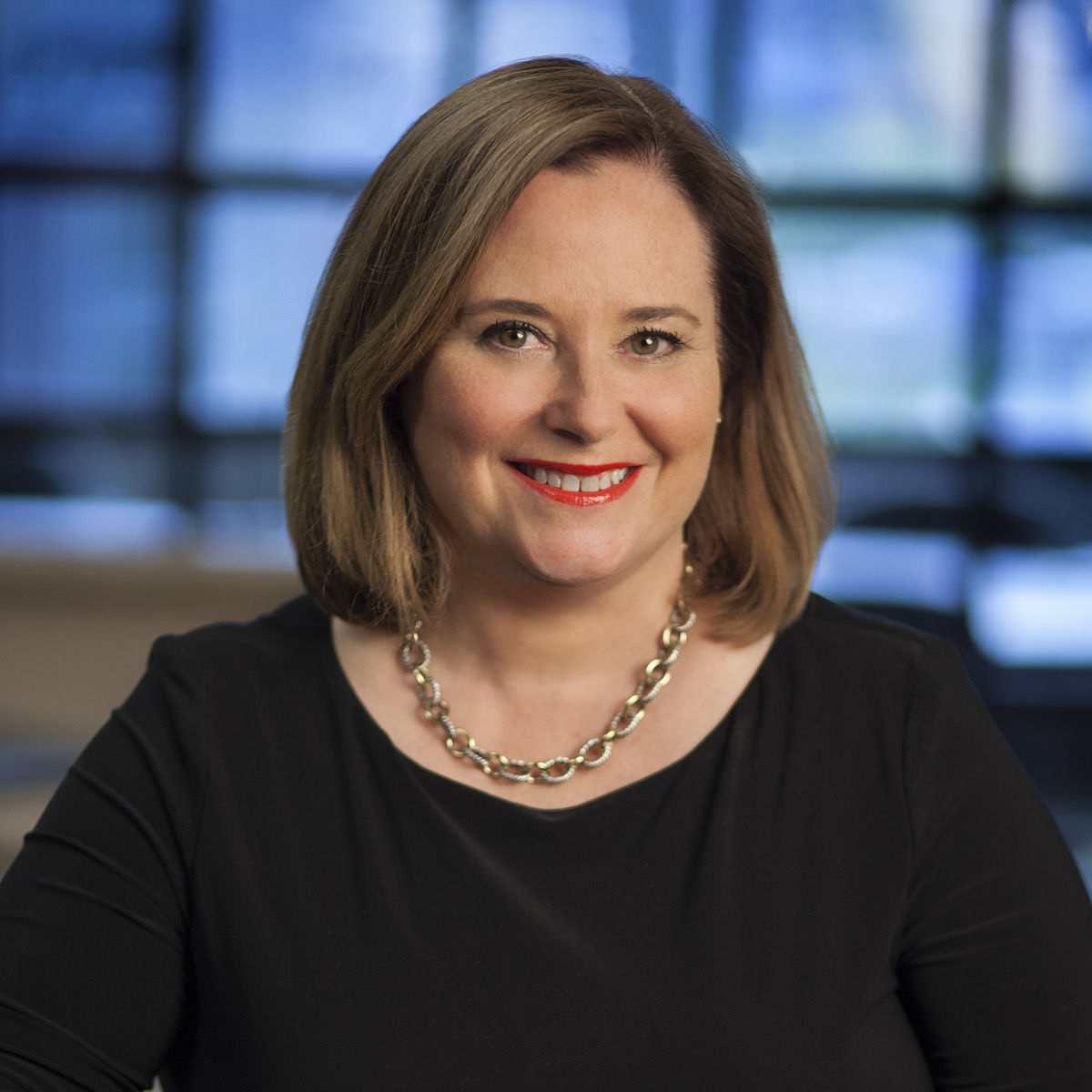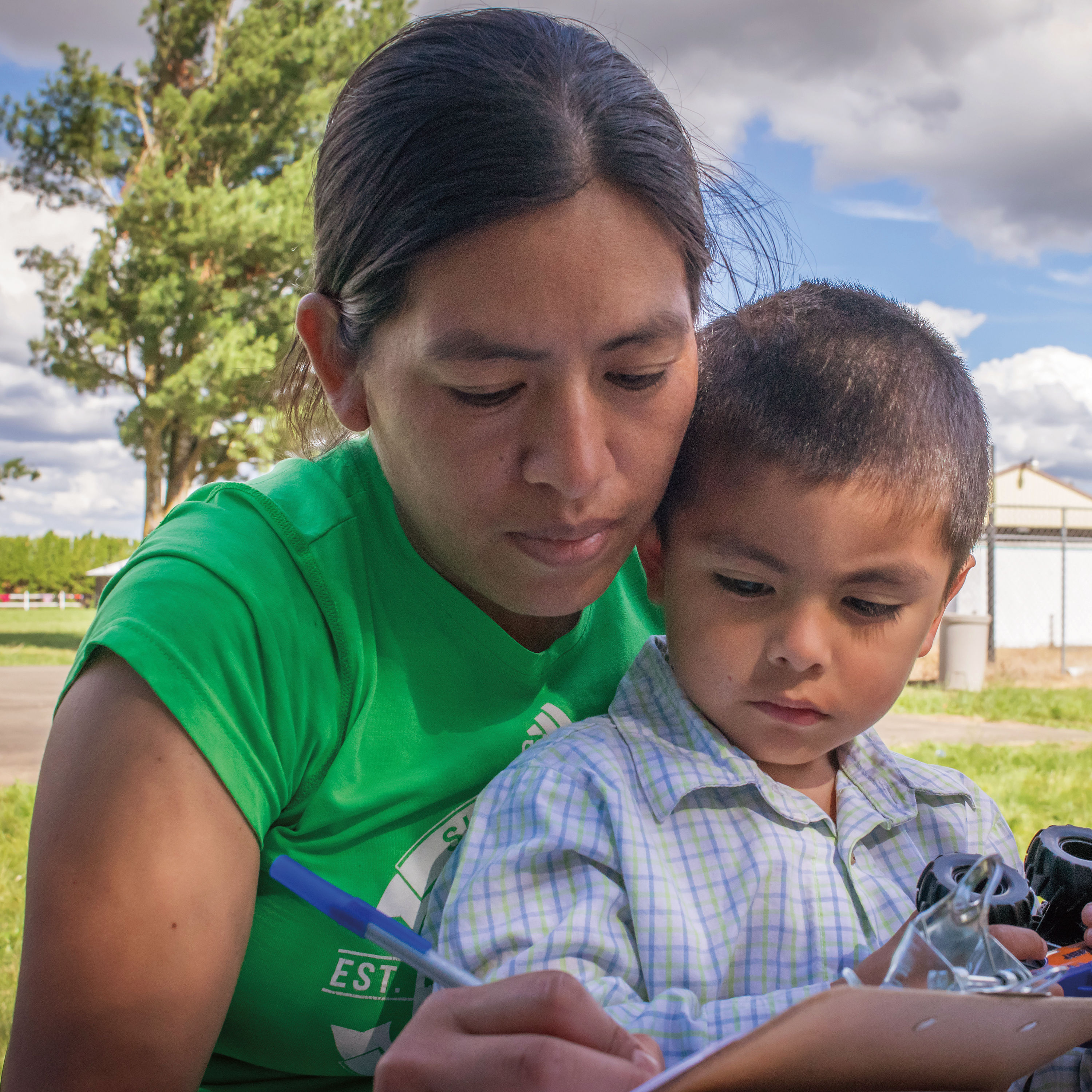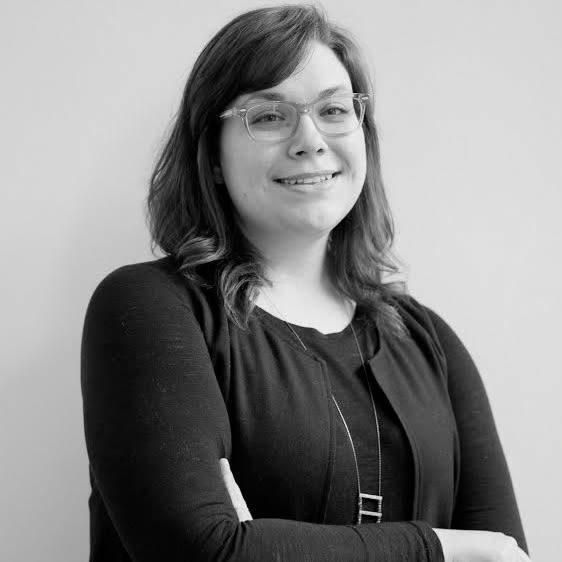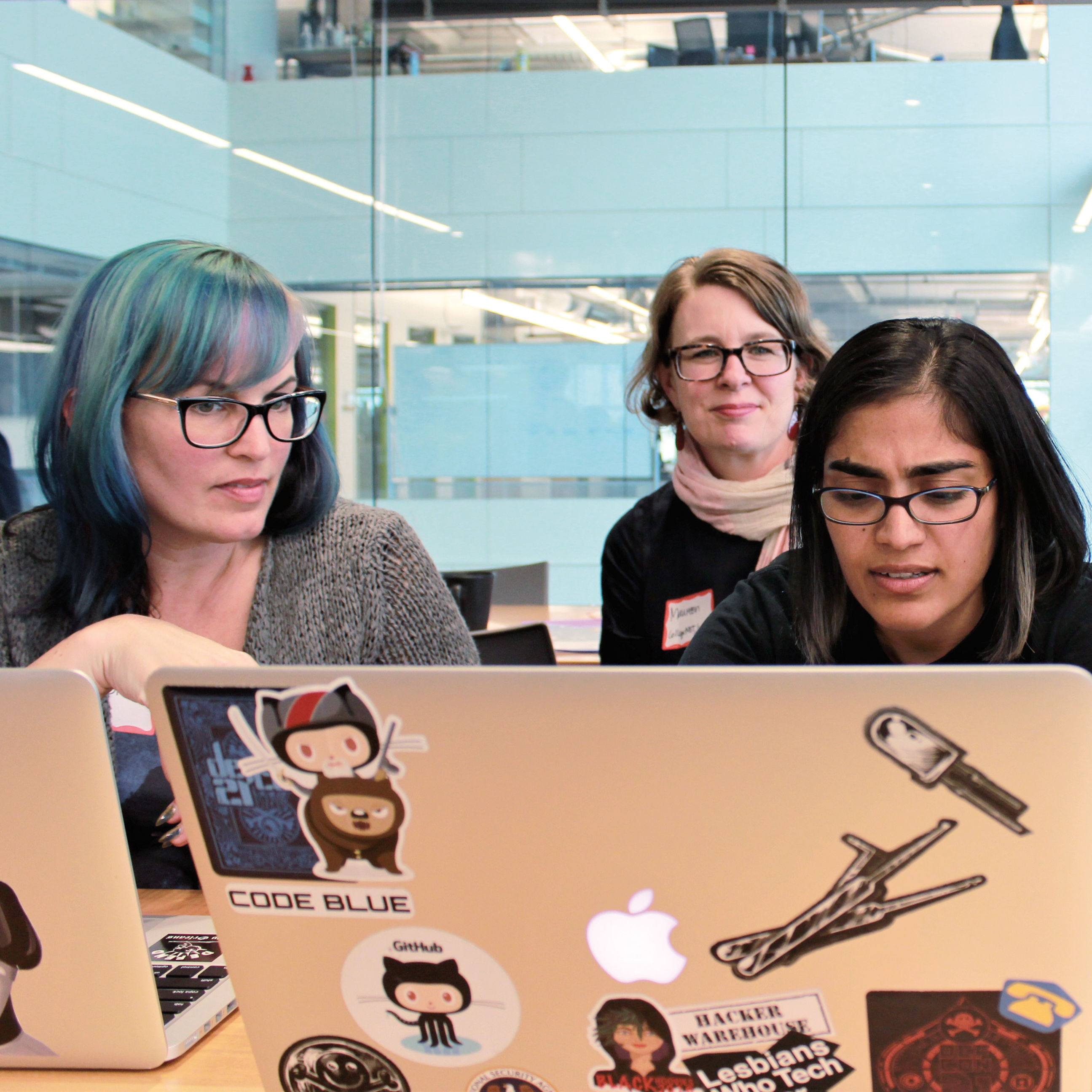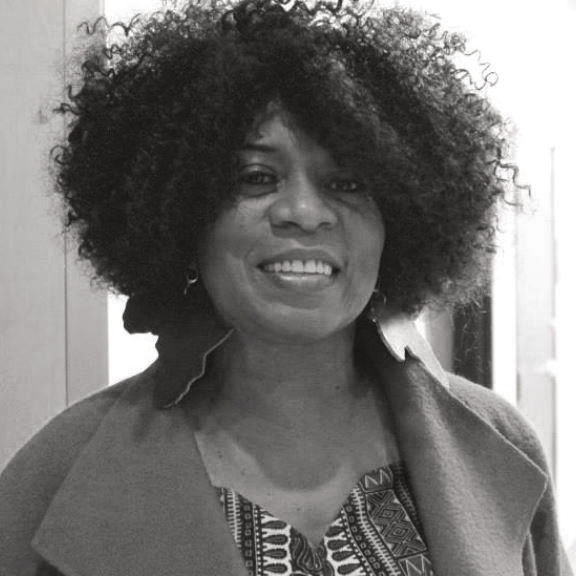Ed Blackburn Looks Back On 25 Years at Central City Concern
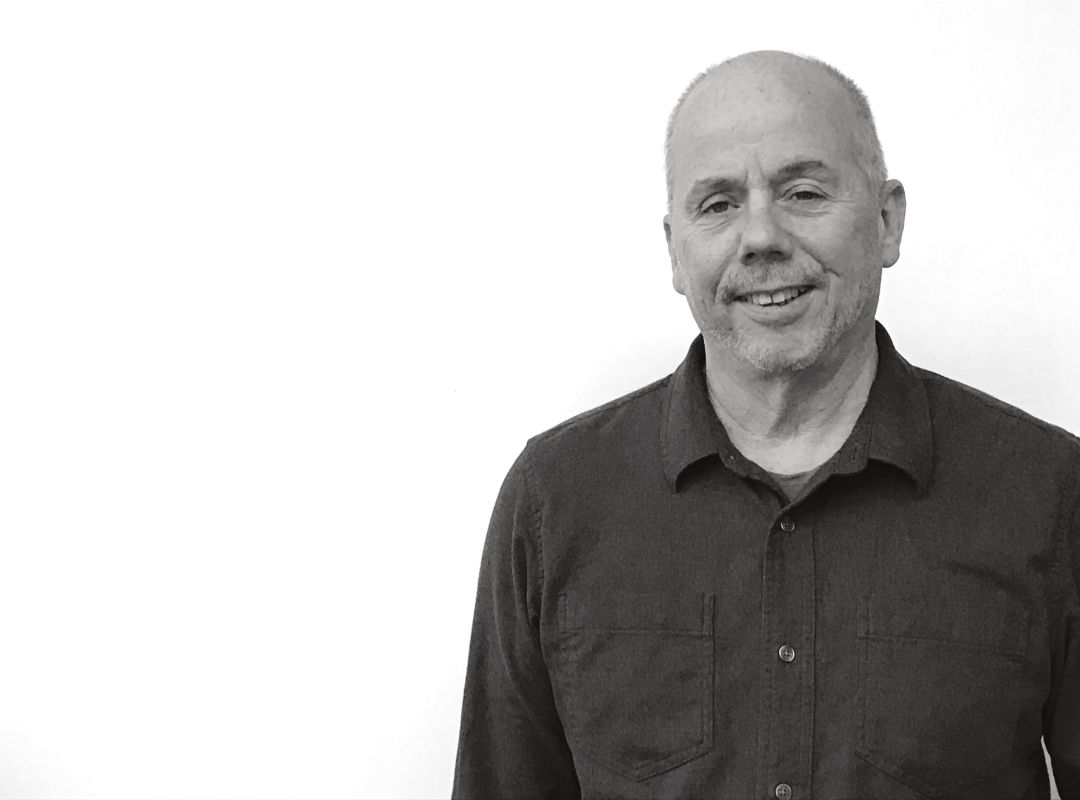
In the late 1970s and early 1980s, Portland’s homeless situation looked different than it does today. On summer days in what was then known as “Skid Row”—Old Town and sections of downtown—the drug of choice was alcohol, and hundreds, primarily white and male, would pass out drunk on the street by midday.
By 1992, heroin and crack had taken over. The outgoing director of the Hooper Detox Center, the addiction clinic on North Williams run by Central City Concern, offered his job to Ed Blackburn. Then a City of Portland employee with zero experience working with doctors, nurses, or addicts, Blackburn initially declined the offer. But a three-day meditation retreat at a Trappist monastery in Lafayette convinced him to take a chance.
“To me, it was a spiritual search that I was in,” says the soft-spoken 65-year-old. “I had a desire to be closer to the ‘real action’ of the streets, the real suffering going on. I had a pretty nice job at the city, actually. I said, ‘OK, I’ll give you 18 months.’ That turned into 25 years.”
In the quarter century Blackburn has worked for Central City Concern—the last nine as executive director—the nonprofit agency founded in 1979 has grown from around 80 employees to 900, its annual budget from a $4 million to $80 million. Every year, CCC helps around 14,000 homeless and disadvantaged Portlanders to find health care, housing, and employment. Blackburn has focused his work, in large part, on weaving these various strands of assistance into a cohesive whole.
These days, the problems surrounding homelessness in the city look very different to Blackburn. Alcoholism is there, of course. But heroin, meth, and economic pressures have created new populations of homeless women, families, and people of color. Blackburn, who retired this year, says CCC will change, too.
“The organization keeps evolving,” Blackburn says. “Our task now is designing effective interventions based on data, and using technology to allocate resources. Now, you can tailor programs to people who need it the most. I think that’s where we’re going in the future.”


